Mass Timber in Three Regions Comparative Life Cycle Assessment Study
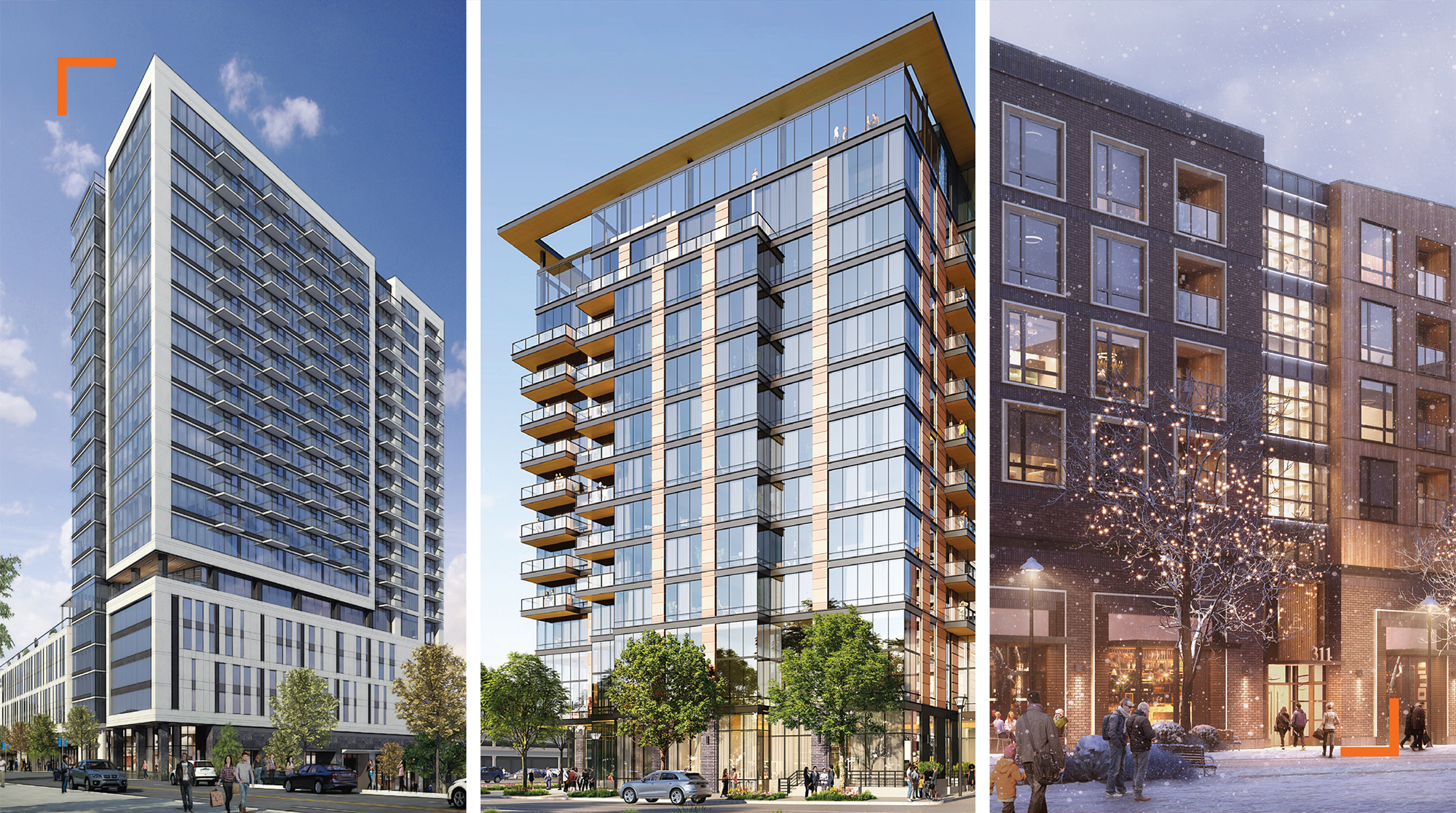
Research
Summarizes three studies comparing the embodied carbon and cost of conventional designs to mass timber alternatives in Atlanta, Denver, and Minneapolis

This study involved taking existing, market-viable buildings being built today, redesigning them with mass timber, and comparing the different material configurations in terms of carbon and cost.
The work was undertaken by SCB (architecture), LeMessurier (structural engineering), and Turner (construction), with assistance from WoodWorks, the Carbon Leadership Forum, Boston Society of Architecture, Lambert Sustainability, BC Productions, and regional structural engineers—EQUILIBRIUM (Atlanta), KL&A Engineers & Builders (Denver), and Meyer Borgman Johnson (Minneapolis). It is part of a larger study funded by the USDA U.S. Forest Service Wood Innovations Grant program and managed by Olifant.
Download the full study above or keep reading for more highlights:
Alternative Designs
The team worked with the AIA chapter in each region to choose the building programs and types most likely to be built in that market. All three chapters identified multi-family residential as the building type of interest, with project sizes dictated by prevailing market trends and zoning allowances. Market-viable, permitted projects in each city were selected from SCB’s portfolio to redesign with mass timber. Regional requests happened to align with the three Type IV mass timber construction types introduced in the 2021 International Building Code (IBC): Type IV-A (Atlanta tower), Type IV-B (Denver high-rise), and Type IV-C (Minneapolis mid-rise). This presented the opportunity for comparison across these building types.
It should be noted that, although the team optimized the alternative designs, this is not the ideal design process for a mass timber building. Designing with mass timber in mind from the outset allows greater optimization of unit layouts, bay sizes, and beam and column sizing, as well as fewer transfers—all of which would provide cost savings.
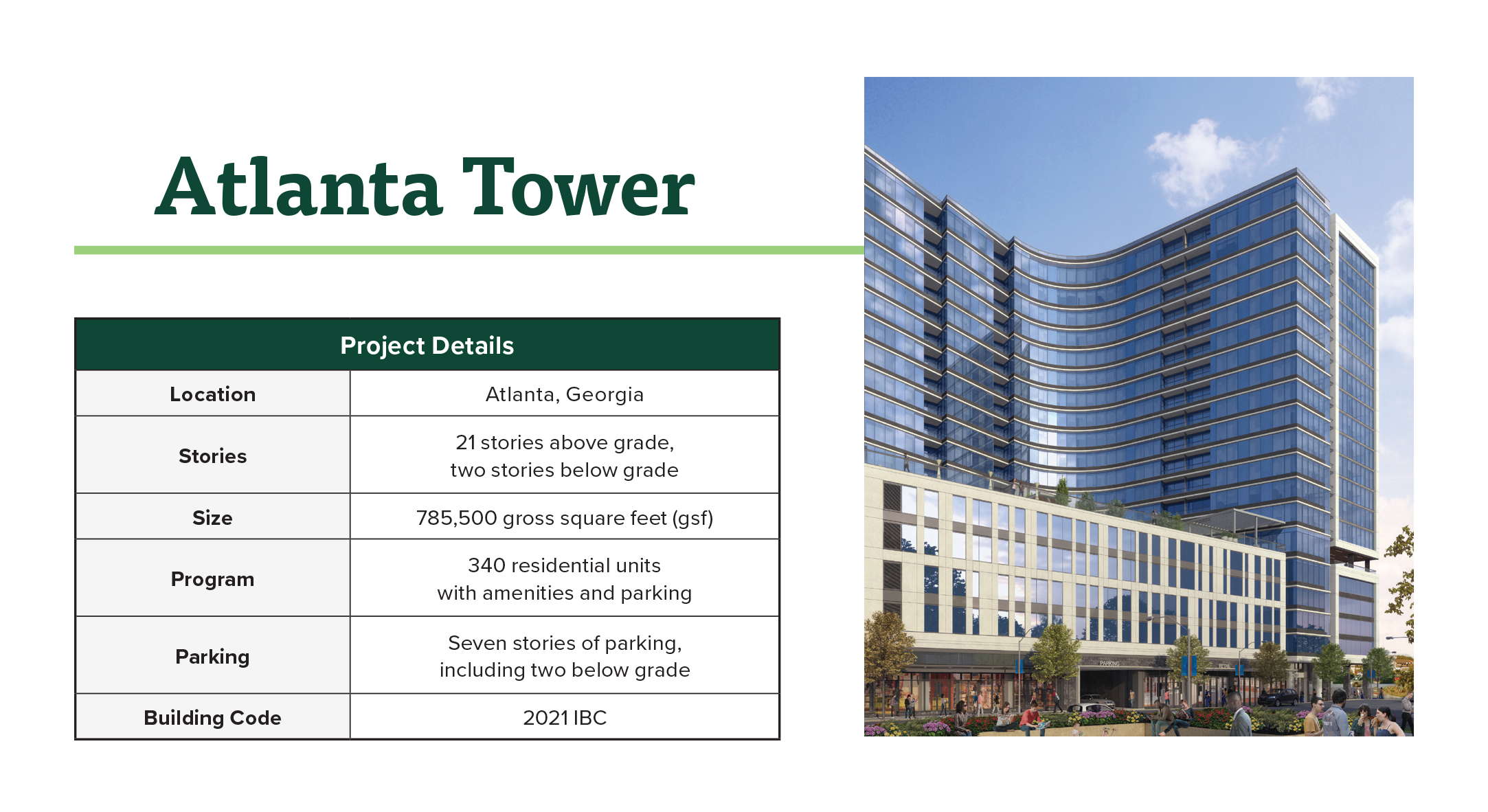
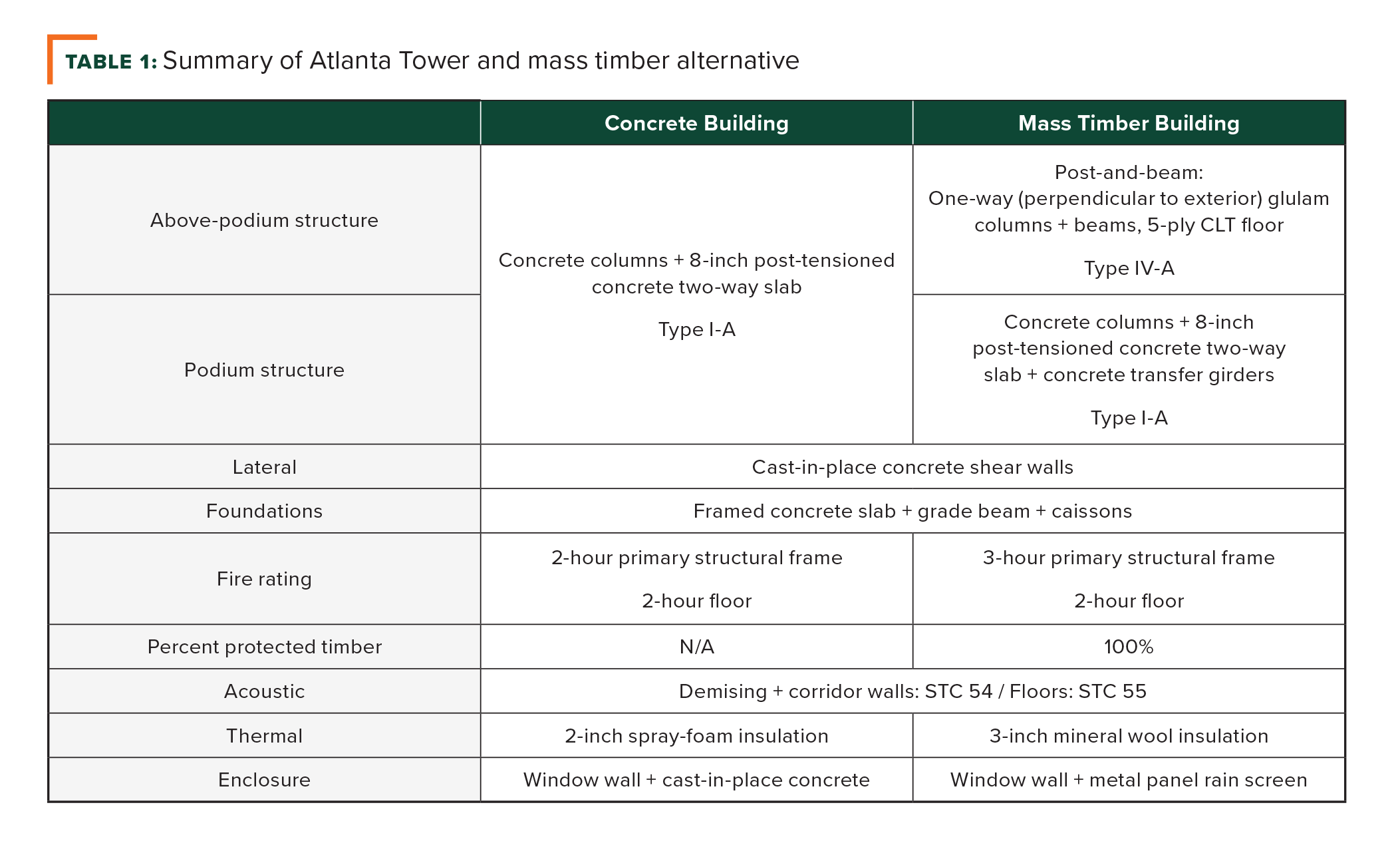
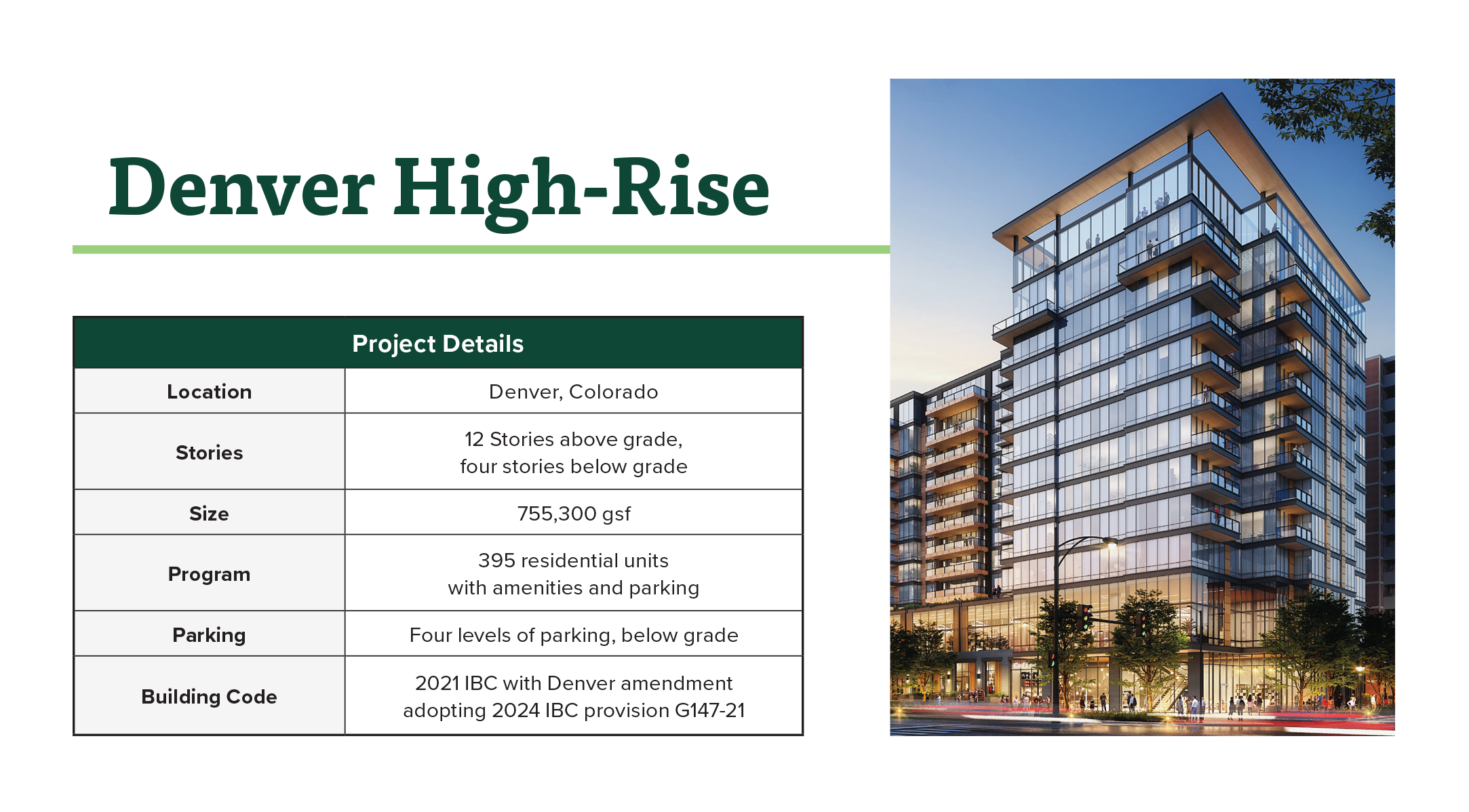
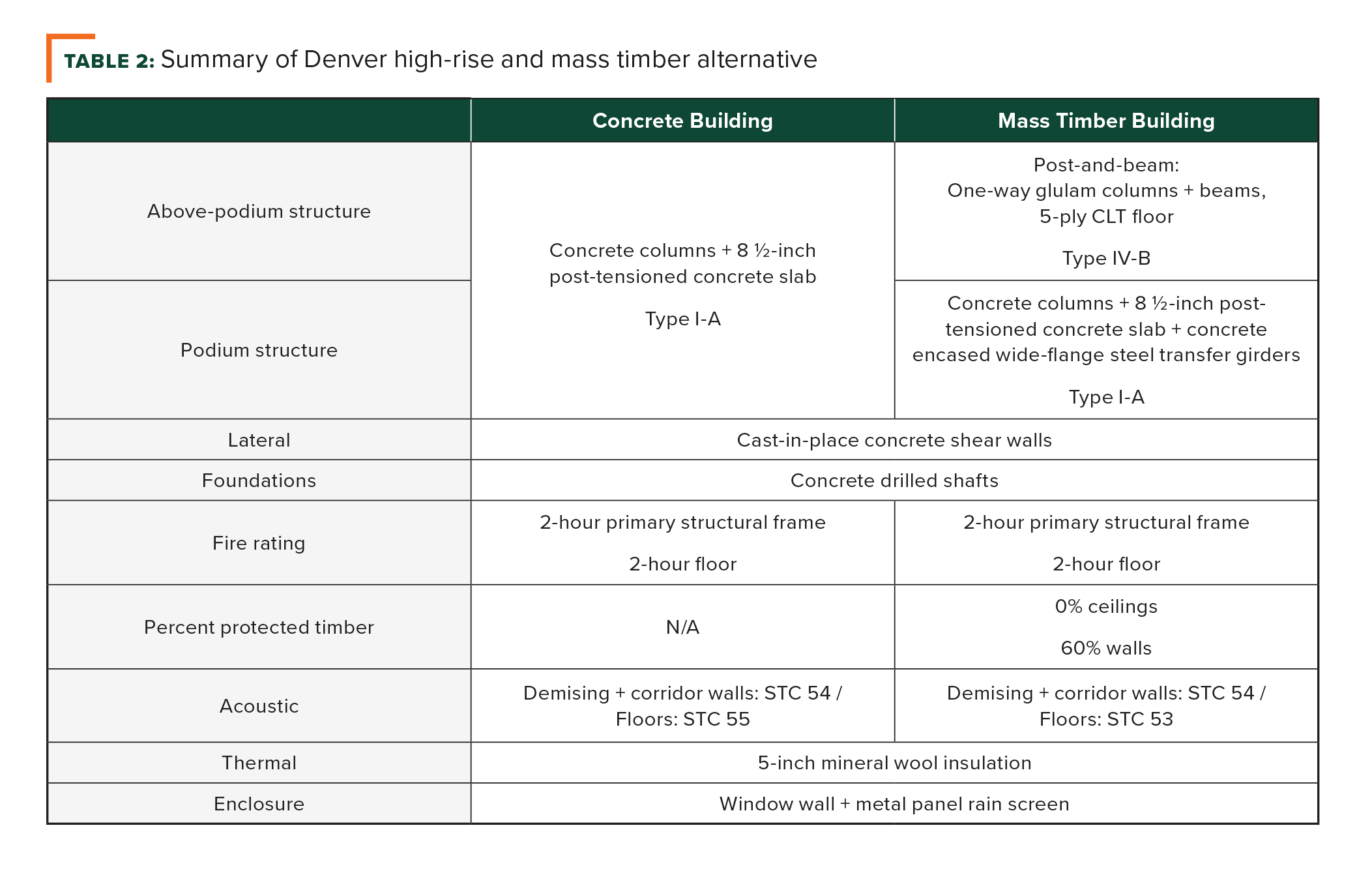
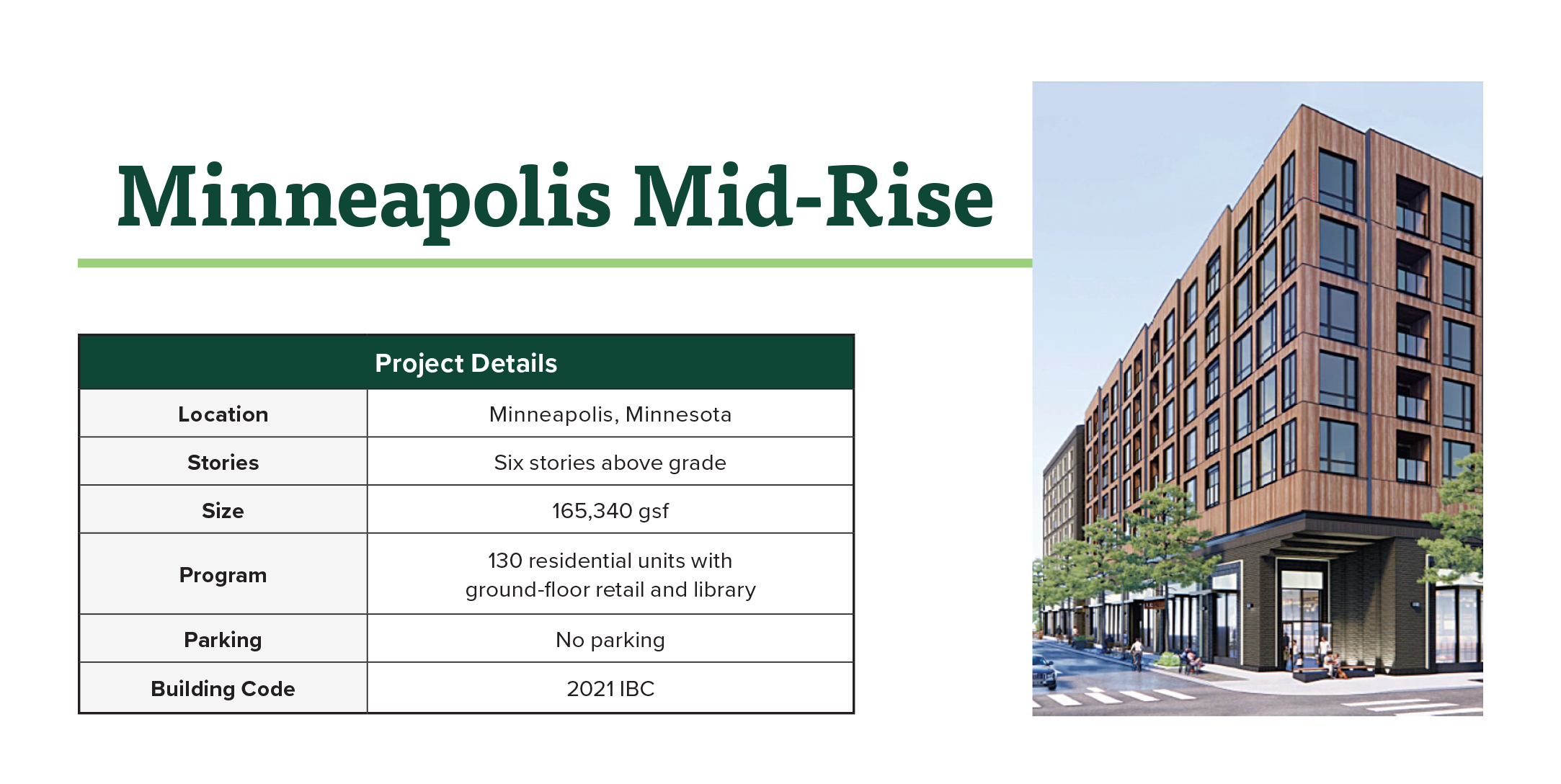
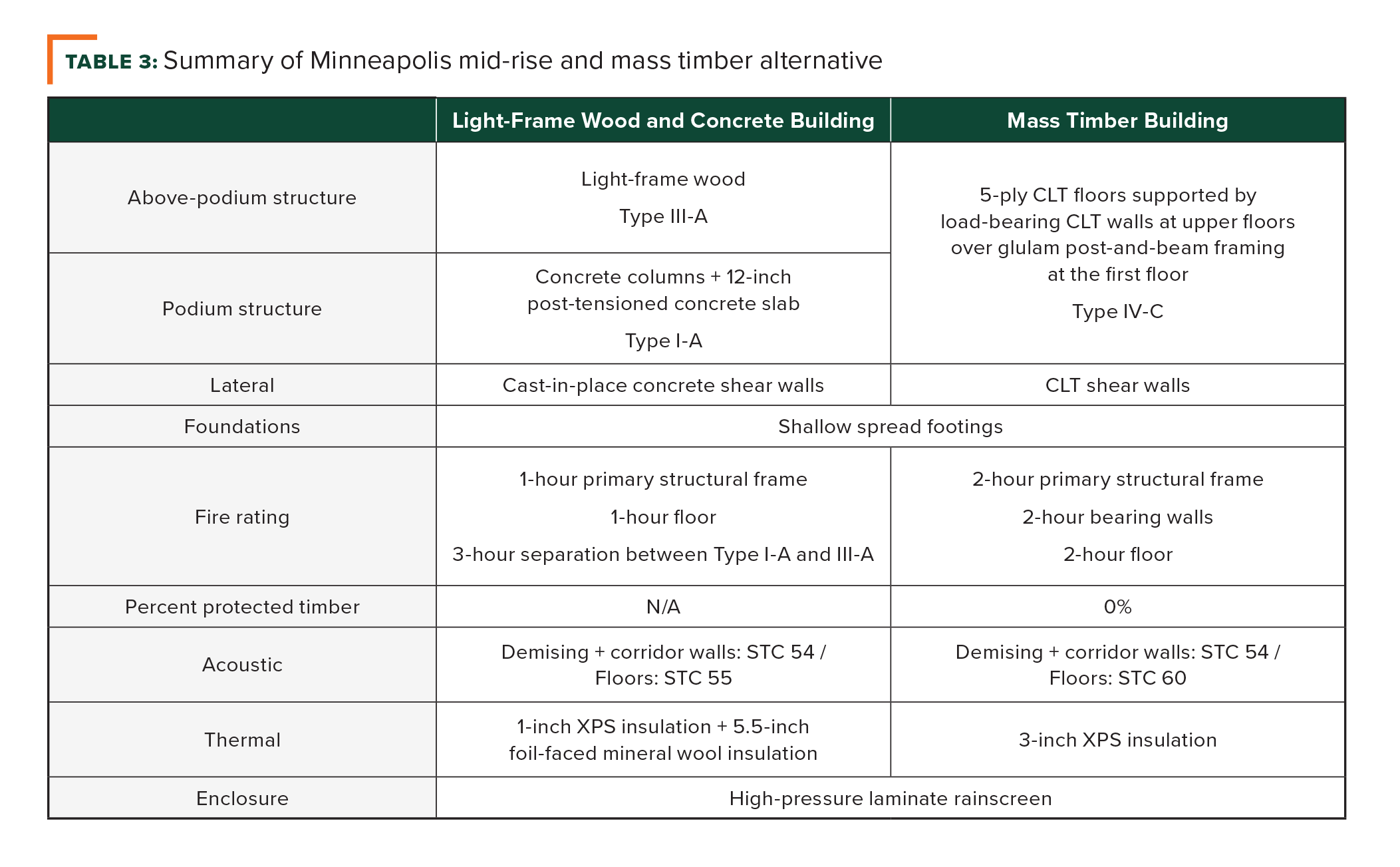
Download the full study for more details and key takeaways from each project:
